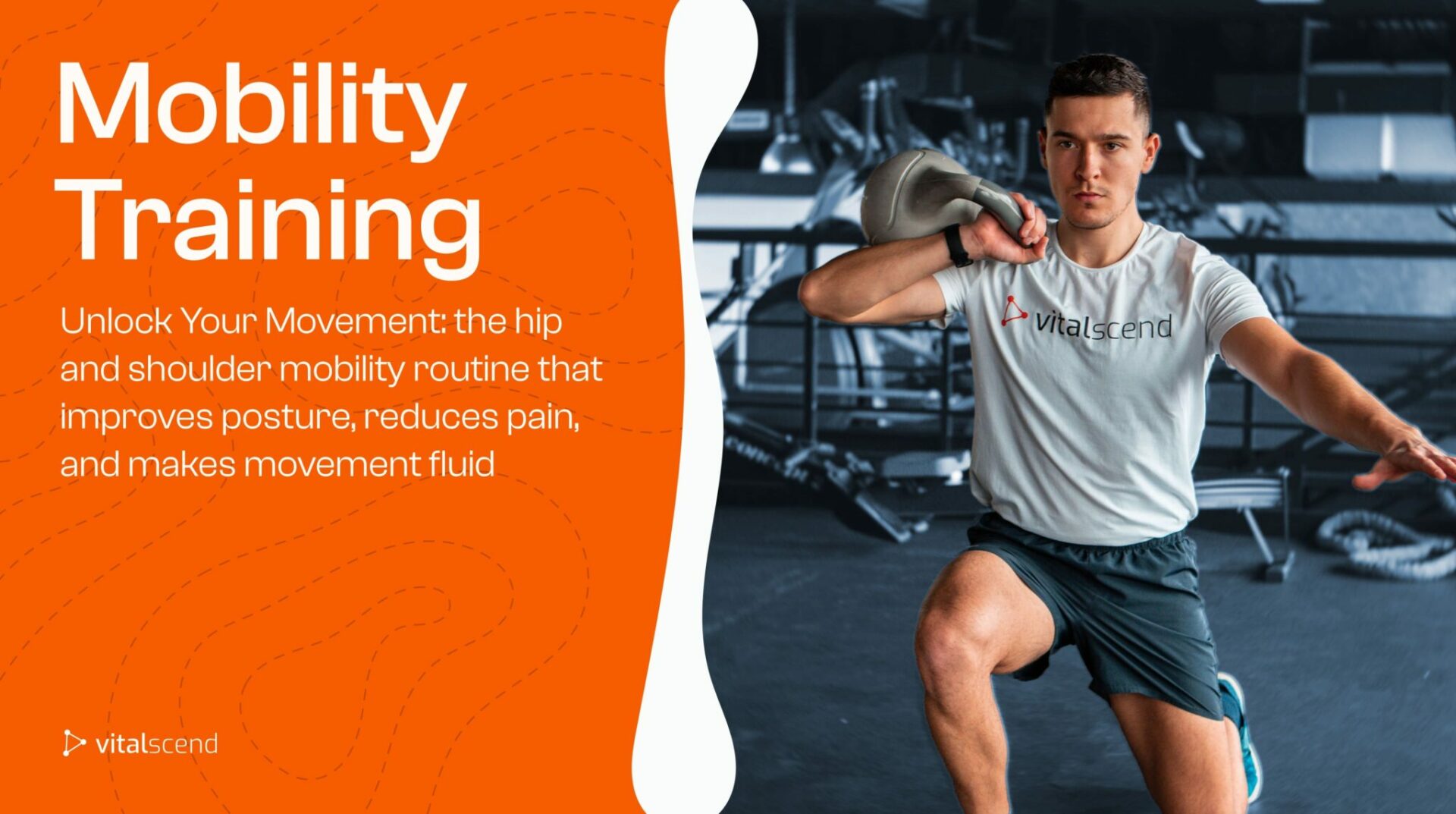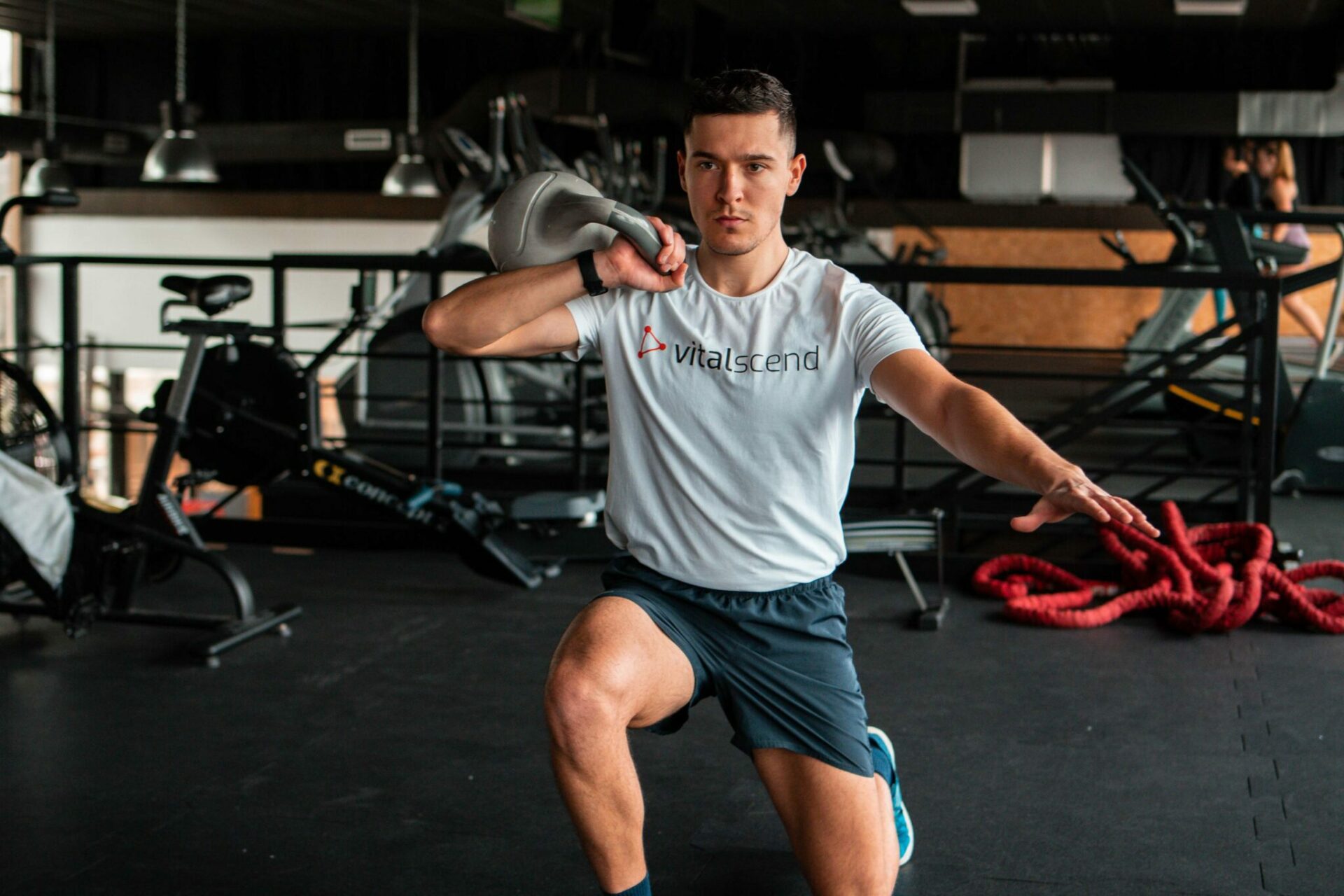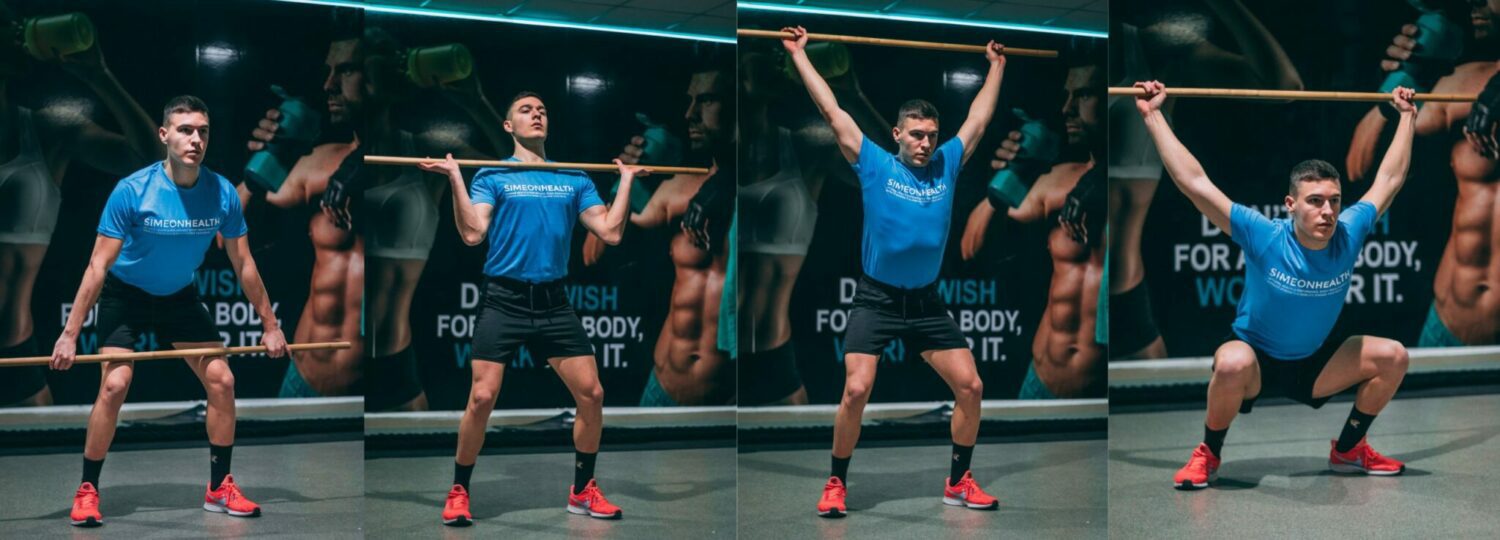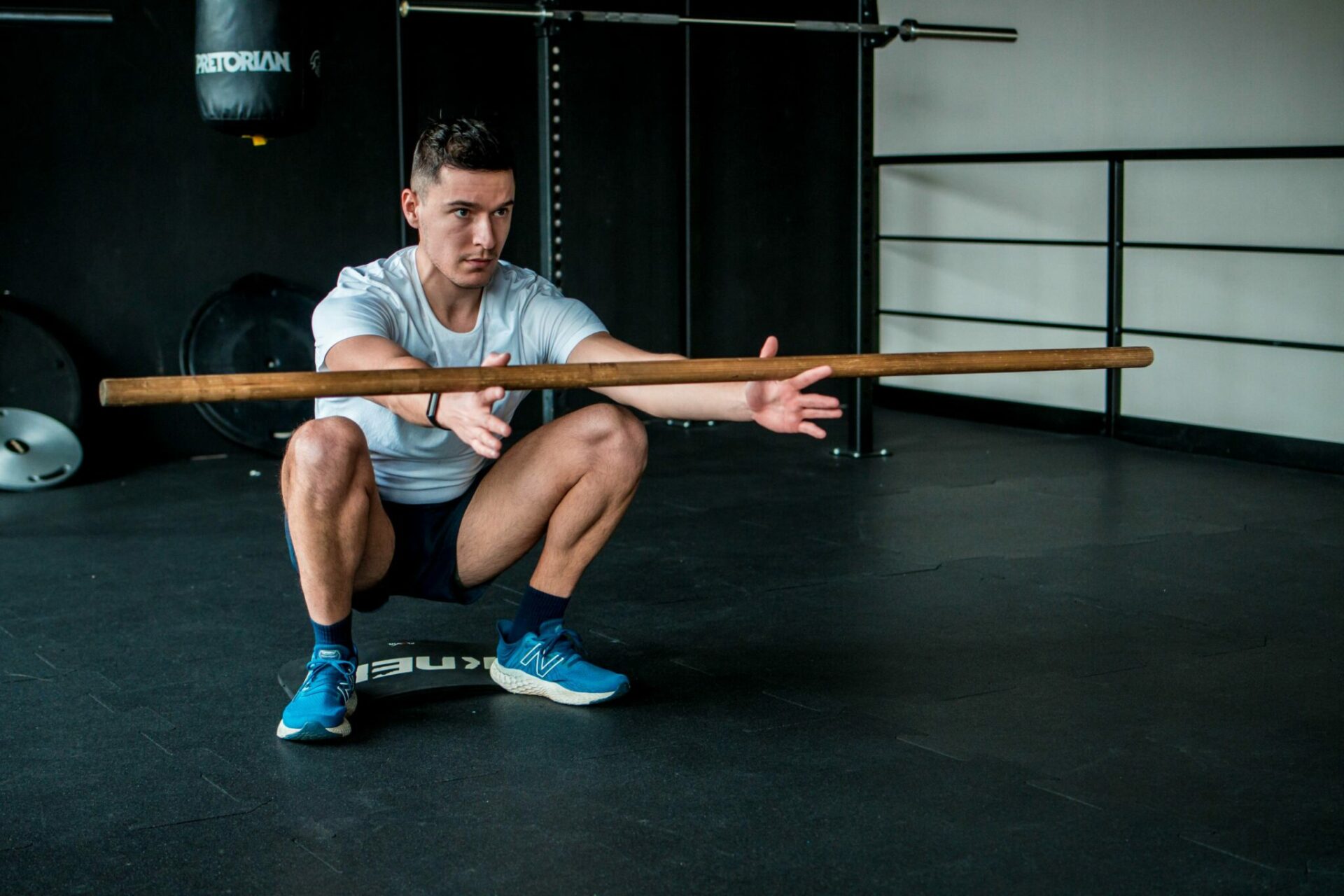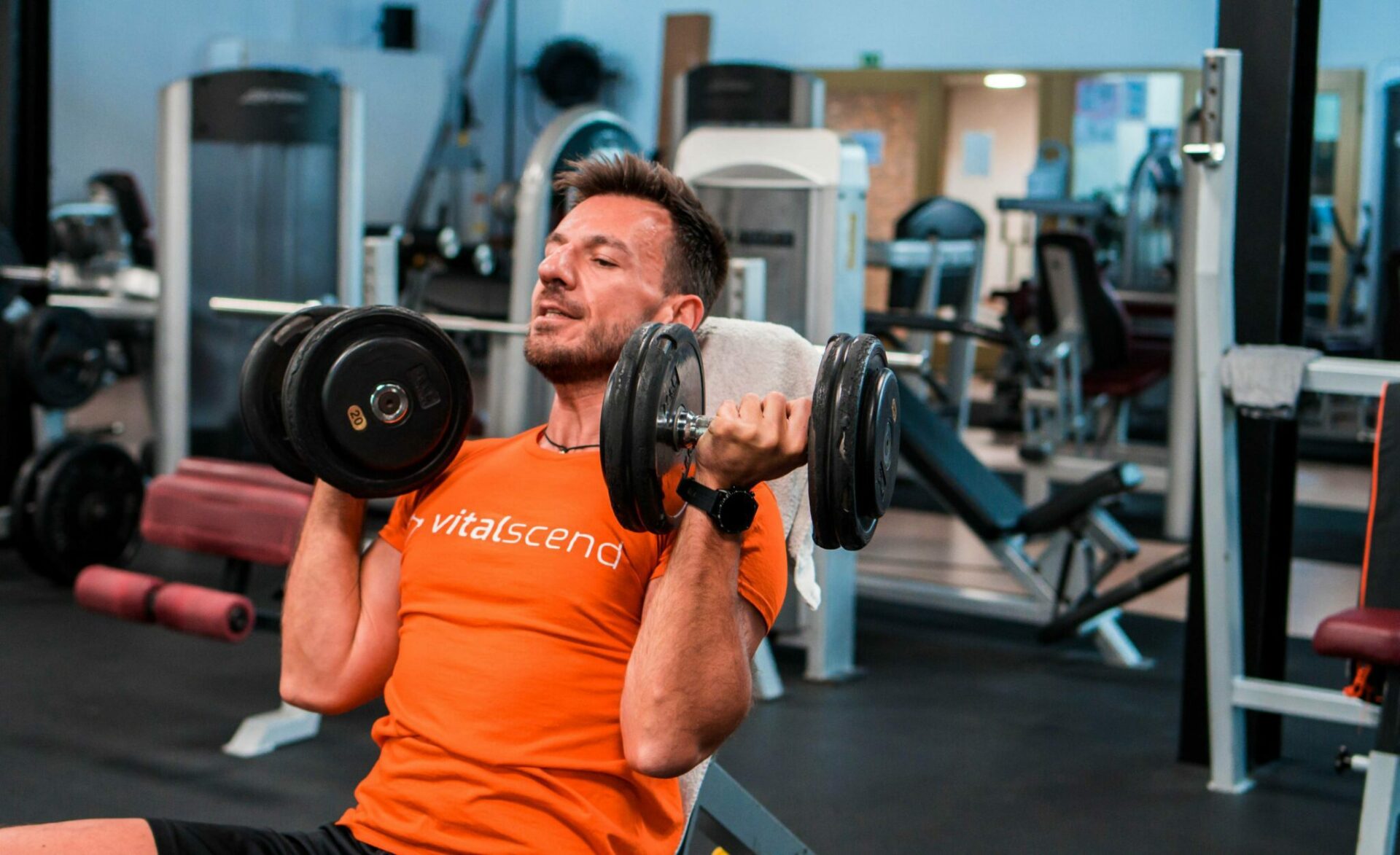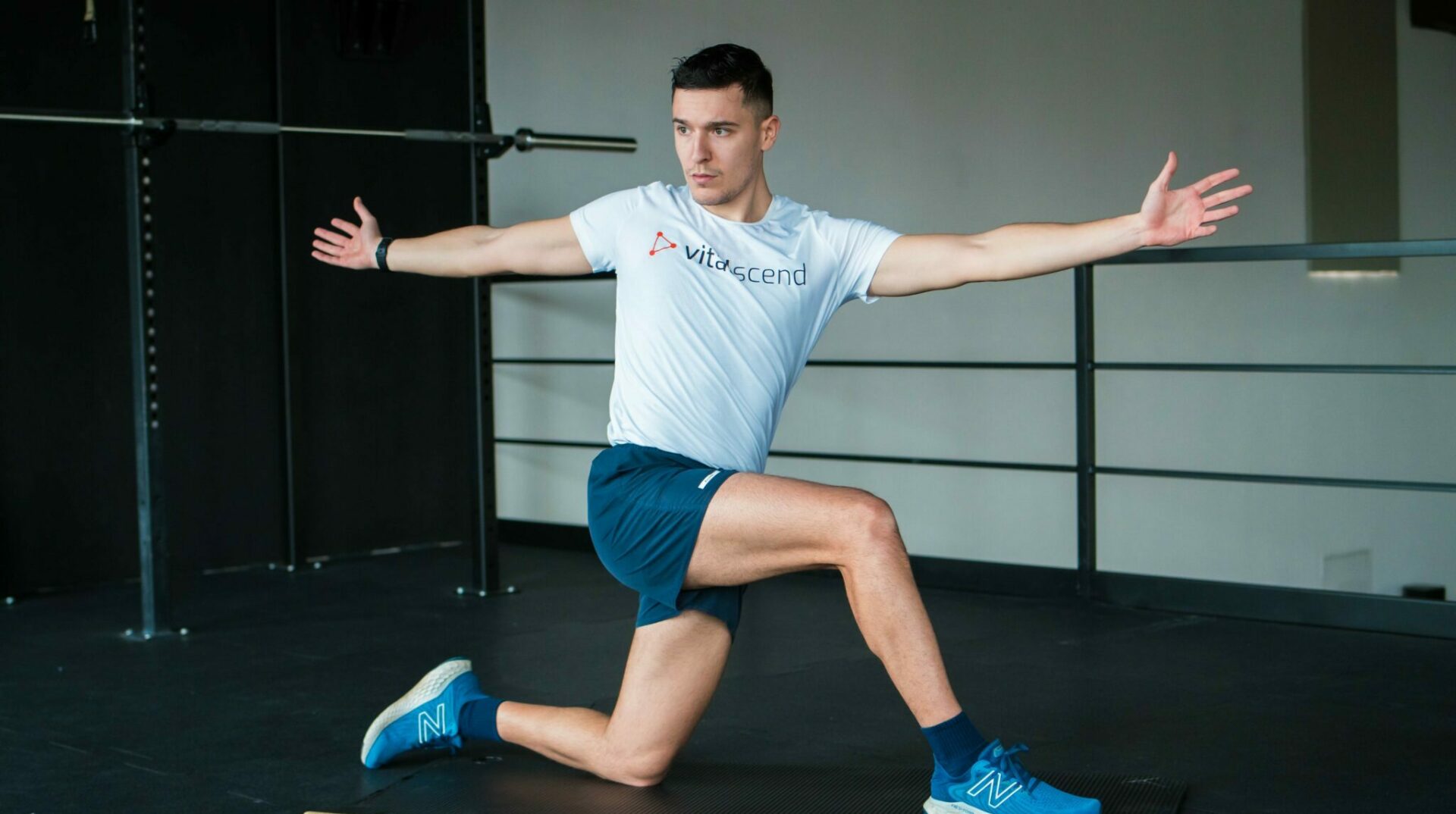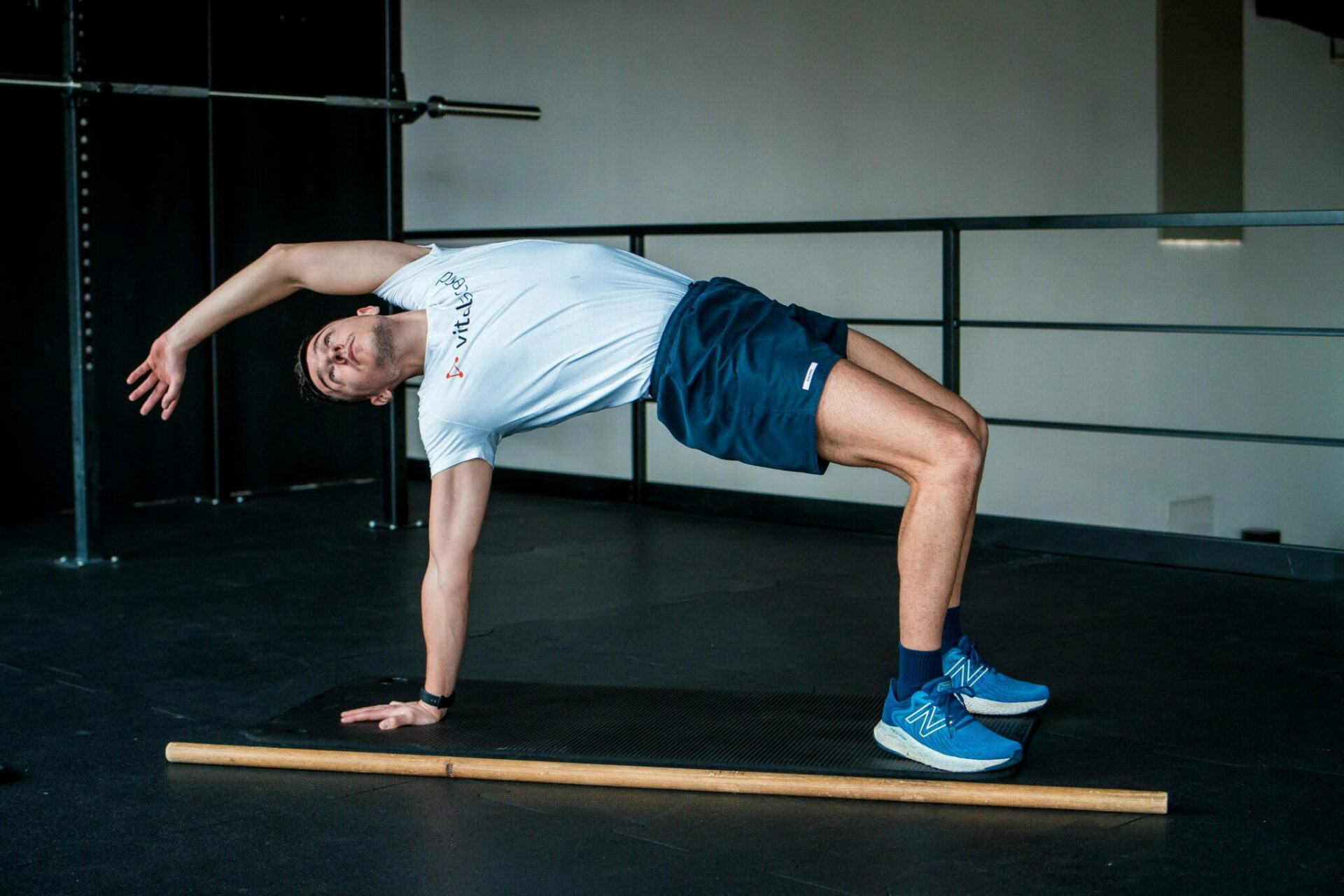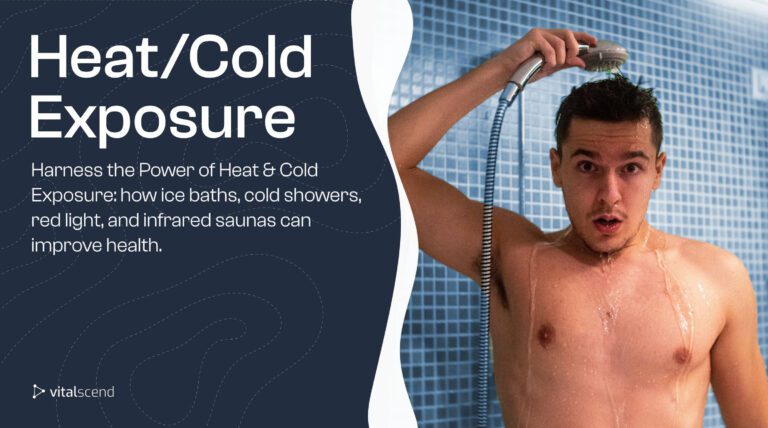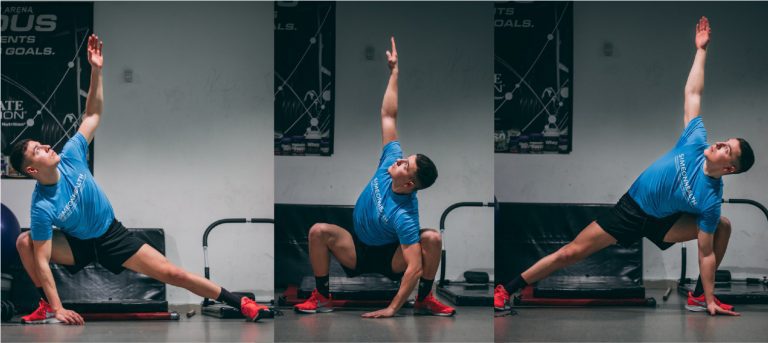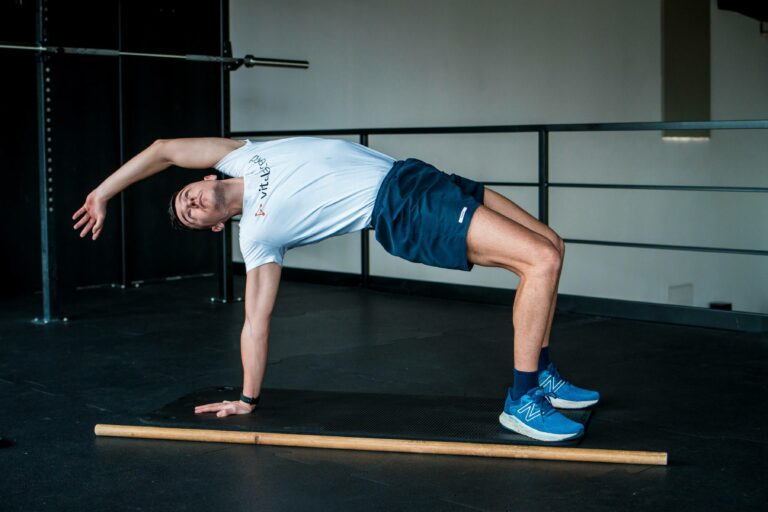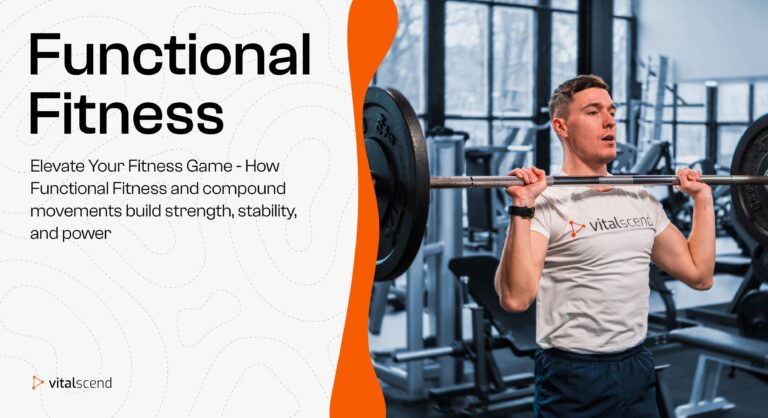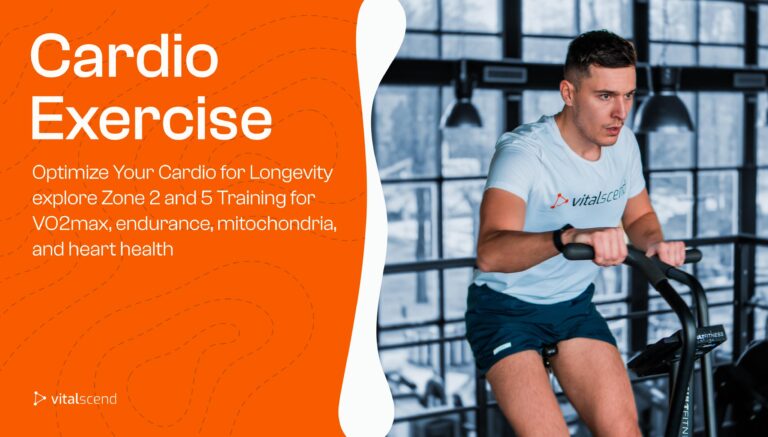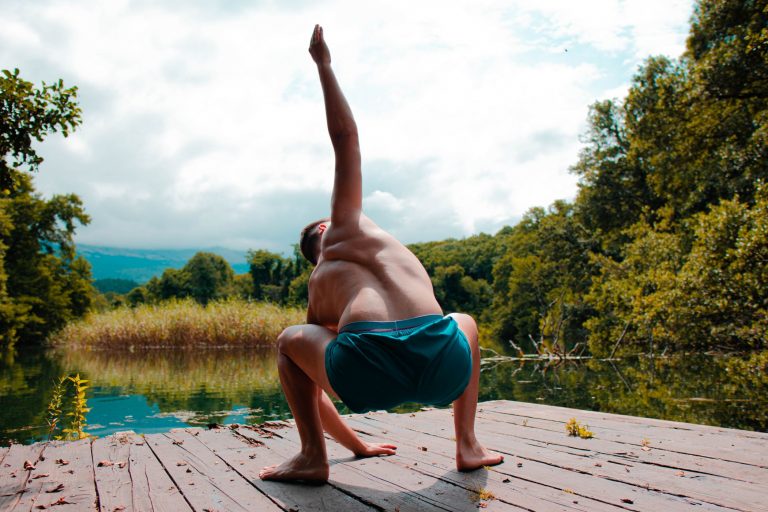Mobility Training 101: Unlock Your Hips, Shoulders, & Spine
The ability to move freely in space is such a gift. To re-connect to the child that could squat, jump, crawl, or twist regains the fluidity in our movement. From reducing tightness and improving posture, to gaining strength, stability, and feeling more energetic, the benefits of mobility training are precious.
What is Mobility
Mobility is the ability to perform exercises and move in space within a full range of motion. It’s the ability to squat deep, press overhead, and twist while having full control and stability over the movement.
It is a key component of physical fitness and movement, necessary for carrying out daily tasks, participating in physical activity, and playing sports.
Flexibility, strength, and coordination are all necessary for mobility, which can be enhanced with regular exercise and stretching. It enables pain-free, effortless movement, and can help prevent injuries and enhance athletic performance.
In contrast, restricted movement and stiffness can interfere with daily tasks, limiting your movement. To maintain a healthy degree of mobility and avoid locomotion limitations, it is crucial to incorporate mobility exercises into your workout regimen.
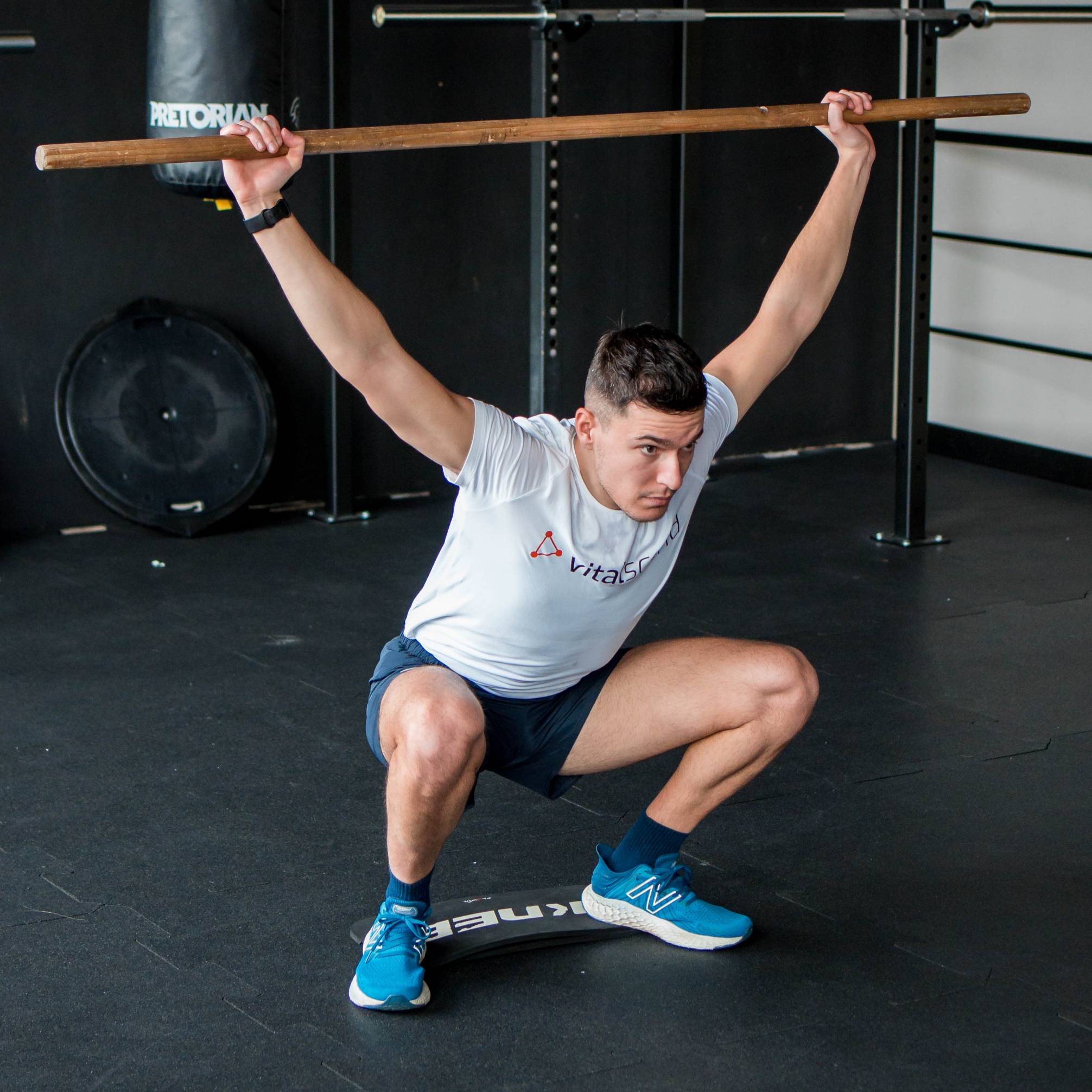
Why is Mobility Important
Functional movement is essential for leading an active, dynamic, and energetic lifestyle. Many people spend a long time sitting at a desk in an office, which causes neck tightness that can lead to issues like anxiety, poor concentration, and headaches.
Mobility, on the other hand, refers to moving more efficiently and seamlessly. When joints move smoothly you can achieve greater ranges of motion and generate more force with less effort. This is an analog to how an elastic band stores and releases energy.
Improving your mobility allows you to do things like jump higher, run faster, squat deeper, and lift heavier weights. However, it is not only about improving performance; failing to work on mobility can lead to physical health problems. (1)
Optimal mobility improves postural alignment, prevents chronic pain, increases strength, and enhances regeneration. It’s the ultimate tool to combat the lack-of-movement epidemic we’re in. (2) (3) (4) (5) (6) (7)
Fun Fact
Your body will never become more mobile or stronger than it needs to be. It’s on us to push the boundaries of our bodies by squatting deeper or stretching further.
What are the benefits of mobility training?
Mobility training can increase one’s range of motion in the joints. This leads to an increase in strength, better movement control, and optimal posture. Mobility helps prevent injuries, both athletic and later in life. It improves joint health and movement efficiency. It also helps regulate mood as it reduces stress and anxiety.
What are the best hip mobility exercises?
The best hip mobility exercises include the 90-90 transfers, hip circles, cross-leg stretch, elevated pigeon, deep squats, and spiderman lunge twists.
Benefits of Mobility
There are numerous benefits mobility training promotes on physical health. These translate in everyday life to longevity, strength, energy, pain prevention, etc. Let’s check out the main ones:
- Increases Functional ROM – by increasing the functional range of motion, our joints and muscles can collaborate to get us into deeper, and more correct postures. This unlocks movement and improves mobility in old age as well.
- Improves posture and reduces neck stiffness – forward head posture (kyphosis) or anterior pelvic tilt (lordosis) both occur due to poor mobility. Fixing this means goodbye to unspecific low back pain, and shoulder or neck tightness due to sitting. (2) (3)
- Improves strength and performance – multi-joint movements improve coordination, agility, and stability. (5) (8) Plus, mobile athletes can save up more elastic energy as they squat deeper, translating into faster running and higher jumps.
- Injury and pain prevention – being mobile and flexible enough results in high-quality movement which can prevent injury in sports and minimize locomotion limitations in older people. (9) (10)
- Joint health and lubrication – mobility is awesome for promoting synovial fluid increase and joint regeneration. The mechanical overload exerts bone-regenerative effects like an increase in bone density. (11) (12)
Benefits of Mobility Training for Functional Movement, Health & Fitness
Functional movement is of great importance for staying active, vital, and mobile. Most of us live…
How to Improve Mobility
When to train for mobility, and how to do it? Whether that’s hitting a yoga session 1-2 weekly, or a pre-workout warm-up routine, pick your favorite. The point is, you want to find the time to stretch and go in deeper ROMs weekly to improve or maintain mobility.
As in what’s the most practical and what offers the best benefit in return, for the time spent doing mobility, here’s our perspective:
2 Weekly, Specific Sessions
The best way to improve mobility is to do targeted mobility sessions. It can be a yoga class or a full-body mobility routine you choose to do. It lasts 40-60 minutes, you want to get the blood flowing, muscles loose, and joints moving in full ROM. Focus on incorporating variations of squats and overhead extensions.
15-Minute Warm-up
Before lifting weights, or any sort of training it is practical to incorporate mobility into your warm-up routine. You can warm up with mobility-specific drills for 15 minutes, including spiderman lunge twist, deep squat reach, bear plank rotations, and more.
5-10 Min. Active Breaks at Work
We call it the sitter solution. Taking a few minutes at work to get up, move and massage your tight muscles can greatly impact your mood and productivity, improve posture and increase energy. Use a massage ball on your traps (upper back), do couple of squats, push-ups, short stretches, and arm circles.
When to do mobility training?
Practically, mobility is best-suited pre-workout by adding mobility exercises in your 10-15 min. warm-up routine. Otherwise, for the best results it’d be great to incorporate 2 weekly sessions of 45-60 minutes specifically focused on mobility, until you achieve your goals. After that, it’s just about maintaining that through compound exercises.
How to improve mobility?
Mobility is improved by moving more, simple as that. We need to go deep in a squat or extend our arms overhead frequently enough so the body adapts to it. Exercises are made to combine stretching, stability, and strength, which is what mobility is. The body won’t become more mobile than it needs to be, you have to require mobility by going in full ROM. Otherwise, you’d be efficient at sitting.
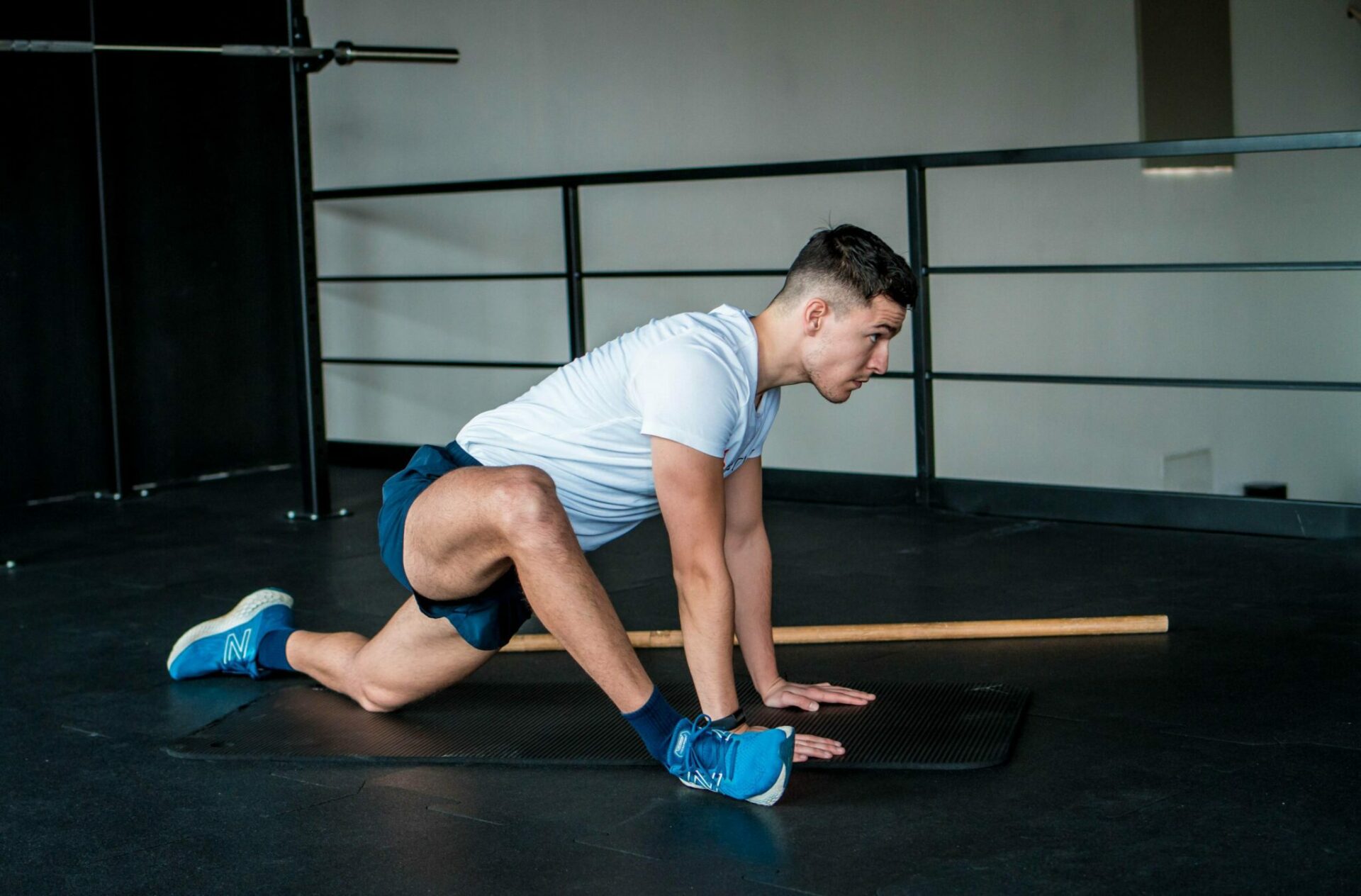
15 Min Full Body Mobility Routine
Our 15-min full-body mobility routine targets the key joints and muscles that give you the highest benefit, the quickest. It combines all three major joints, like the thoracic spine, shoulders, and hips to improve movement fluidity.
It consists of 4 sections:
- Warm-up: 3 minutes of jogging, arm circles, skipping, squats, bear planks, and downward dog
- Hip Mobility: 90-90 stretch, iliopsoas stretch, deep squat (reach), spiderman lunge, and cossack lunge
- Shoulder Mobility: overhead raises, scapular wall slides, overhead band rotations, doorways stretch, reverse plank bridge, and prone arm circles
- Thoracic Mobility: side bend and reach, cat-cows, thoracic side openings, thoracic extension, and thoracic bridge rotation
This protocol is made to target the two most common deficits in many sitters, which lead to slouched shoulders and anterior pelvic tilt. The first one results in shoulder and neck tightness, the latter in low back pain. By opening the chest up, strengthening the core and glutes, and unlocking hip mobility, we work to correct them both.
For a full walkthrough on each exercise, how to do them properly and the correct dosing (reps, sets, type, breathing, time) check out the full blogs.
Full Body Functional Warm Up Protocol for Weightlifting
Warm-up is an essential part of any workout, a preparatory exercise protocol that in fact, might…
Hip Mobility Exercises
Hip mobility is essential as it enables us to move with fluidity, squat deeper, jump higher, and build overall strength. Tight hips can cause low back pain and restrict movement. You can prevent low back pain, improve strength, and move more easily by unlocking your hips with this mobility routine.
- Stretching and Flexibility: 90-90 transitions, cross ankle stretch, elevated pigeon, iliopsoas stretch
- Mobility drills (ROM): supported hip circles, supported deep squat, cossack lunge, and spiderman lunge twists
- Strength and stability: hip bridge (unilateral), deadlift (unilateral), hip thrusts (unilateral)
Unlocking the hips requires a good sequence of dynamic movements, mobility drills, deep stretches, and hip-strengthening exercises. It improves circulation, mobilizes the joints, and stretches out the muscles while adding hip stability and control.
Top 10 Hip Mobility Exercises – Unlock Your Hips
Hip mobility allows us to squat deeper, move with ease, and jump higher. It gives us…
Shoulder Mobility Exercises
Improving shoulder mobility can greatly improve posture, reduce upper back and shoulder tightness. For sitters, it can also boost mood and energy, while releasing neck pain and anxiety.
Functional shoulders allow us to push overhead, open a heavy door, scratch our back, and place a book on a higher shelf. For athletes, it prevents all sorts of injuries while improving throwing, rowing, and shooting performance.
Here are our top 11 shoulder mobility exercises:
- Mobility: overhead raises w/ stick, scapular wall slides (angels), and overhead and back w/ band
- Strength, Stabilization: horizontal row (seated), band pull apart, reverse plank bridge reach (uni), and prone arm circles
- Flexibility, Stretching: high doorway stretch, trapezius stretch, side bend latissimus stretch, and thoracic extension
Unlocking the shoulder requires precise movement. As such a complex joint, it’s crucial to slow down and control the movement aiming to prevent any popping, pain, or discomfort. The key is to work the right muscles while keeping the joint working at an optimal range, in a safe way.
11 Shoulder Mobility Exercises To Unlock Your Shoulders
Having optimal shoulder mobility translates into being more functional. You can lift overhead, scratch your back,…
Thoracic Mobility Exercises
For those with a tight upper back and stiff spine, thoracic mobility can be the piece of the puzzle they need. It improves posture, enhances spine flexibility, and reduces upper back tightness.
Mobile thoracic spine can also improve breathing patterns, transitioning from shallow to deep, boosting energy levels, and reducing stress.
Here are our favorite thoracic mobility exercises:
- Mobility: cat-cows, arm circles, side reach (bend), thoracic wall rotations, spiderman lunge twists, and thoracic bridge rotations
- Strength: external band pull-apart, dead bug, bear plank
- Flexibility: thoracic extension (bench), thoracic side openings, thoracic extension (roller)
This routine opens up the chest and thoracic spine in a way that can prevent kyphosis or forward head posture. It stretches the key frontal muscles that allow you to sit with a correct posture.
Top 9 Thoracic Mobility Exercises
Thoracic mobility is an essential component of a fully functional body. It’s the piece that connects…
9 Full Body Mobility Exercises
Dynamic moves that stimulate blood flow put mobility training on steroids. The benefits are greater, as circulation and increased temperature help tissues adapt better due to higher viscoelasticity.
If you’re in the market for the most effective full-body mobility exercises, this is the right section. With 4 years of experience training clients, the top 9 exercises that can unlock the hips, open up the chest and improve spine mobility are here:
- Bear plank to downward dog – a yoga combo that not only enhances core strength and warms your body up, but improves hip and shoulder mobility while stretching the low back
- 90-90 hip transfers – the absolute essential for hip mobility. It opens up the most commonly tight muscles on the outer side of the leg, such as hip abductors and gluteus medius (tight in sitters).
- 1-Arm reverse plank bridge reach – a great combination of spine mobility, shoulder stability, and lateral torso stretch. Warms-up, mobilizes the body and adds a pinch of functionality.
- Spiderman lunge twist – the best way to open your thoracic spine while working on hip mobility. A definite must before a functional training session.
- Deep squat reach – arguably the most advanced on the list, inspired by Ido Portal. The deep squat reach is the real deal when it comes to full-body mobility. It mobilizes both the hips and thoracic spine while stretching hip adductors and lateral torso muscles.
- Overhead-and-Back w/ band – done in a slow and controlled manner, the arm circles open up the chest, stretch out the frontal muscles and release tight shoulders helping you sit up straight.
- Prone arm circles – done by passing a ball behind your back, lying on your stomach. An advanced shoulder exercise combining stabilization, proprioception, and mobility in the shoulders.
- T-Spine wall rotation – opens up the thoracic spine. Done by lateral rotation, it allows to open the chest up, stretch the lateral torso portion, while adding some mobility in the spine.
- Side-lying thoracic openings – a great way to release tight glutes and lower back. The key lies in allowing the body to twist to a comfortable level, to relax all tight tissues in the thoracic and hip region.
Top 9 Full Body Mobility Exercises
To improve mobility and become fluid in your movement, you should move more. We’re talking squatting,…
Bullet Points
- Mobility is a key aspect of physical health and athletic performance. It allows performing exercises with correct posture in a full range of motion (ROM)
- Mobility training can improve functional ROM, improve posture, prevent lower back pain and shoulder stiffness, increase energy levels, and prevent injuries and discomfort.
- The most practical way to train mobility is either doing 2 mobility sessions weekly (40-60 min), including mobility in your warm-up routine (15 mins), or taking an active break at work (5 min) to massage, stretch and move.
- The three key joints to focus on for the greatest benefit are the hips, shoulders, and thoracic spine.
Unlocking the hips helps us squat deeper, thus increasing hip mobility and strength. It corrects overarching of the lower back and adds hip stability which prevents low back pain.
- Building functional shoulders means increasing shoulder stability, front muscle flexibility, and rear muscle strength. It allows us to fully extend overhead, correct our forward posture and reduce tightness.
- Thoracic mobility is important for posture, proper breathing, relaxation, and energy. By incorporating controlled extensions and rotations, we can open up the chest, improving spinal mobility and posture.

